At the Explanation Session at the 18th Meeting, these issues were raised by the Provincial People's Council delegates for discussion and requested the leaders of the Provincial People's Committee, provincial departments and branches to explain and propose specific solutions in the coming time.
WHY CAN'T LAND USE RIGHTS BE TRANSFERRED IN THE AREA INSIDE THE GO CONG SEA DYKE?
At the explanation session, the provincial People's Council delegates said that currently, in the area inside the Go Cong sea dike (the area from Tan Thanh commune to Kieng Phuoc commune, Go Cong Dong district), some households, although having been granted Land Use Right Certificates (LURCs), cannot transfer their land use rights, the reason being that the boundary between the land managed by the people and the land managed by the State has not been clearly defined. This situation affects the legal land use rights of the people; at the same time, it causes businesses to lose investment opportunities because they cannot build projects in the above-mentioned area.
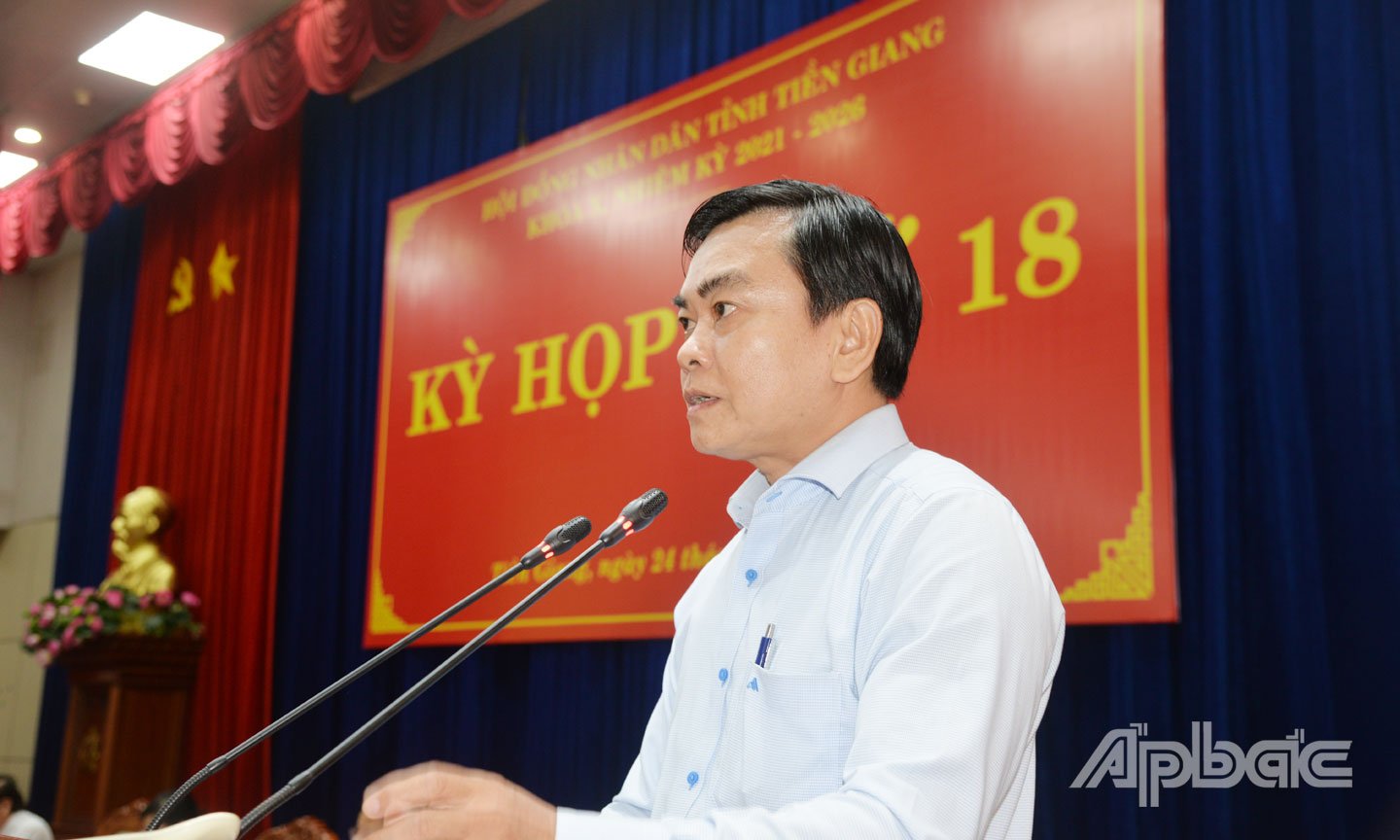 |
| Comrade Doan Van Phuong explained the issues raised by the Provincial People's Council delegates. |
In addition, tourism development activities along the Go Cong sea dike are currently mainly spontaneous, lacking specific orientation and planning, affecting the implementation of Resolution 11 dated April 5, 2017 of the Provincial Party Committee on tourism development in Tien Giang province to 2020 and orientation to 2030, especially the orientation of coastal tourism development. Delegates requested leaders of the Department of Agriculture and Environment (DARD) to provide solutions to overcome the above situation.
Responding to this issue, Director of the Department of Agriculture and Environment Doan Van Phuong said that some households living on the sea dike from Tan Thanh commune to Kieng Phuoc commune were granted land use right certificates by the district People's Committee in 1997. Around 2000, the province implemented the construction of upgrading the sea dike; including taking land from the dike toe area 50 m from the old dike toe to the land taking location to create the Lang De canal (current dike canal) with a current length of about 2,500 m and an average width of 20 - 30 m. Currently, households have applied for a new land use right certificate on the Lang De canal to transfer land use rights, but the district People's Committee has not yet considered and resolved it.
Pursuant to the 1993 Land Law, 2003 Land Law, 2013 Land Law and 2024 Land Law; the granting of land use right certificates to households and individuals and the management of public land in the area are under the authority of the People's Committee of Go Cong Dong district.
To date, the Department of Agriculture and Environment has not received any reports or recommendations on this issue. To resolve the issue, the Department of Agriculture and Environment will coordinate with relevant agencies and the People's Committees at the commune level to review the records of each specific case to propose solutions in accordance with legal regulations, with the expected implementation period from now until July 31, 2025.
Regarding tourism development activities along the Go Cong sea dike, the Department of Agriculture and Environment said that recently, in the district, there has been an overlap between the Land Use Planning and the District Construction Planning according to Decision 988 dated April 10, 2020 on approving the construction planning of Go Cong Dong district to 2030 and orientation to 2045.
Currently, the Land Use Plan to 2030 has been adjusted in Decision 1199 dated May 12, 2025, but the District Area Plan has not been adjusted in time, causing businesses to lose investment opportunities because they cannot change the land use purpose to build tourism development projects.
Currently, the development of tourism along the Go Cong sea dike has been oriented according to the Provincial Planning approved by the Prime Minister in Decision 1762 dated December 31, 2023 on approving the Planning of Tien Giang province for the period 2021 - 2030, with a vision to 2050; Decision 1199 dated May 12, 2025 of the Provincial People's Committee on approving the adjustment of the Land Use Planning to 2030 and the first year's use plan of the adjusted land use planning of Go Cong Dong district.
Accordingly, the location and area of land planned for tourism development are determined according to the Land Use Planning Adjustment Map to 2030 in Go Cong Dong district. Based on the planning, in the coming time, specialized agencies and commune-level People's Committees will call for investment in tourism development and implement state management of land according to the 2024 Land Law and approved planning.
On the other hand, implementing the two-level local government model and merging Tien Giang province with Dong Thap province, it is necessary to review and adjust the provincial planning, land use planning and district construction planning to orient the arrangement of coastal tourism development in a systematic and scientific manner.
OVERCOMING CADIMI CONTAMINATION AND YELLOWING ON DURIAN
At the explanation session, the delegate continued to raise the issue that durian is a key agricultural product and a key export of the locality. When it was discovered to be contaminated with Cadmium and Yellow O, the price of durian dropped sharply, was refused import, seriously affecting the income and life of farmers, as well as the reputation of the Vietnamese durian brand in the international market. The delegate asked the Director of the Department of Agriculture and Environment to provide solutions to overcome the above situation.
Explaining this issue, Director of the Department of Agriculture and Environment Doan Van Phuong said that through initial results, there are 2 possible sources of Cadmium contamination: Fertilizers used containing phosphate; soil with low pH and chemicals used at packaging facilities. To overcome the situation of Cadmium and Yellow O contamination, the provincial Department of Agriculture has taken samples of fertilizers, soil, water, isolated areas, identified potential risks of Cadmium and Yellow O heavy metal contamination as a basis for recommending gardeners to cultivate, helping to minimize the risk of Cadmium contamination.
At the same time, the Department of Agriculture and Environment has coordinated with localities and enterprises to implement 7 Cadmium control models in durian growing areas, combining durian cultivation in a safe direction, ensuring export quality in Cai Be and Cai Lay districts.
After 4 months of implementation, the models tend to help increase soil pH by 0.5 - 0.92 and Cadmium in branches and leaves by 0.02 - 0.03 mg/kg. Cadmium in soil is awaiting analysis results. The models are continuing to monitor the indicators. When there are official results, preliminary implementation, summary and replication will be carried out into production.
Along with that, it is necessary to propagate, guide and recommend to gardeners the technical process of intensive cultivation of durian trees as well as measures to limit the contamination of heavy metal Cadmium in durian products; instruct packaging facilities to carry out industrial hygiene at the facility to ensure that the packaging, preservation and processing of products comply with food safety standards as prescribed, absolutely do not use chemicals not on the list of permitted use, banned chemicals and especially chemicals containing Yellow O; require growing areas and packaging facilities to carry out testing for heavy metal residues, Yellow O and trace the origin according to the requirements of the importing country before exporting.
In particular, for packaging facilities when purchasing durian products, there must be a traceability record from the growing areas purchased for export packaging; implement solutions to manage growing areas and packaging facilities;
Relevant units have organized 2 conferences to disseminate regulations related to growing areas, packaging facilities and propose solutions to ensure the quality of fresh fruit for export in Tien Giang province; conducted 27 training sessions with 1,438 participants, guiding farmers to apply measures to improve soil, protect plant health and minimize cadmium residue in export products.
In the coming time, relevant units will continue to take samples to test the cadmium content in commonly used fertilizers, recommending farmers to use fertilizers that do not contain cadmium or contain extremely low cadmium content to limit the accumulation of cadmium in soil and products.
At the same time, gardeners are advised to cultivate according to standard procedures to control heavy metal contamination. At the same time, training courses are organized to improve the capacity of technical staff of growing areas and packaging facilities on the requirements of importing countries, especially production processes to ensure food safety (good management of Cadmium, Yellow O); continue to take fertilizer samples to analyze Cadmium content to have more suitable fertilizer products, recommending people to choose to use.
Along with that, coordinate with businesses and localities to collect soil samples for analysis, make digital maps (delineate uncontaminated areas, lightly contaminated areas, and risk areas) to have recommendations for production and consumption; continue to collect samples of post-harvest treatment chemicals at packaging facilities to test for Yellow O, and strictly handle violations.
At the same time, monitor Cadimi remediation models being implemented in localities; conduct preliminary, summary and replication in production, contributing to ensuring product quality for export.
HOAI THU - TUAN LAM
Source: https://baoapbac.vn/kinh-te/202506/ky-hop-thu-18-hdnd-tinh-tien-giang-khoa-x-giai-trinh-lam-ro-cac-van-de-dai-bieu-cu-tri-quan-tam-1046095/


![[Photo] General Secretary To Lam works with the Standing Committee of Quang Binh and Quang Tri Provincial Party Committees](https://vphoto.vietnam.vn/thumb/1200x675/vietnam/resource/IMAGE/2025/6/25/6acdc70e139d44beaef4133fefbe2c7f)

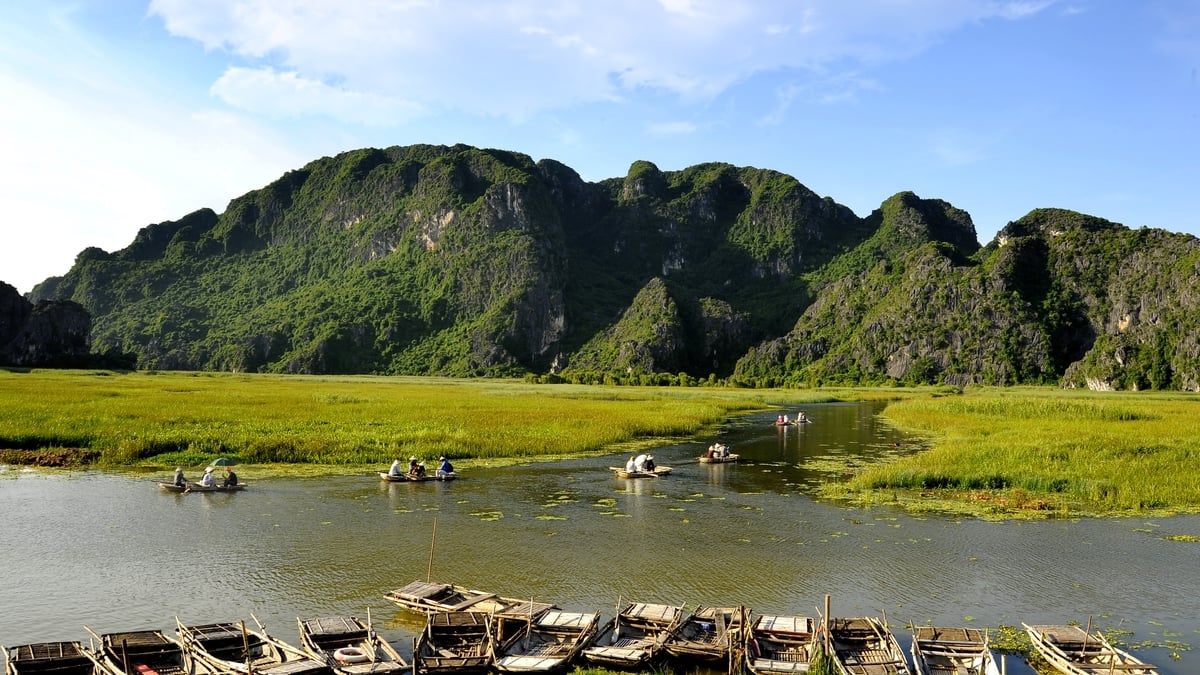
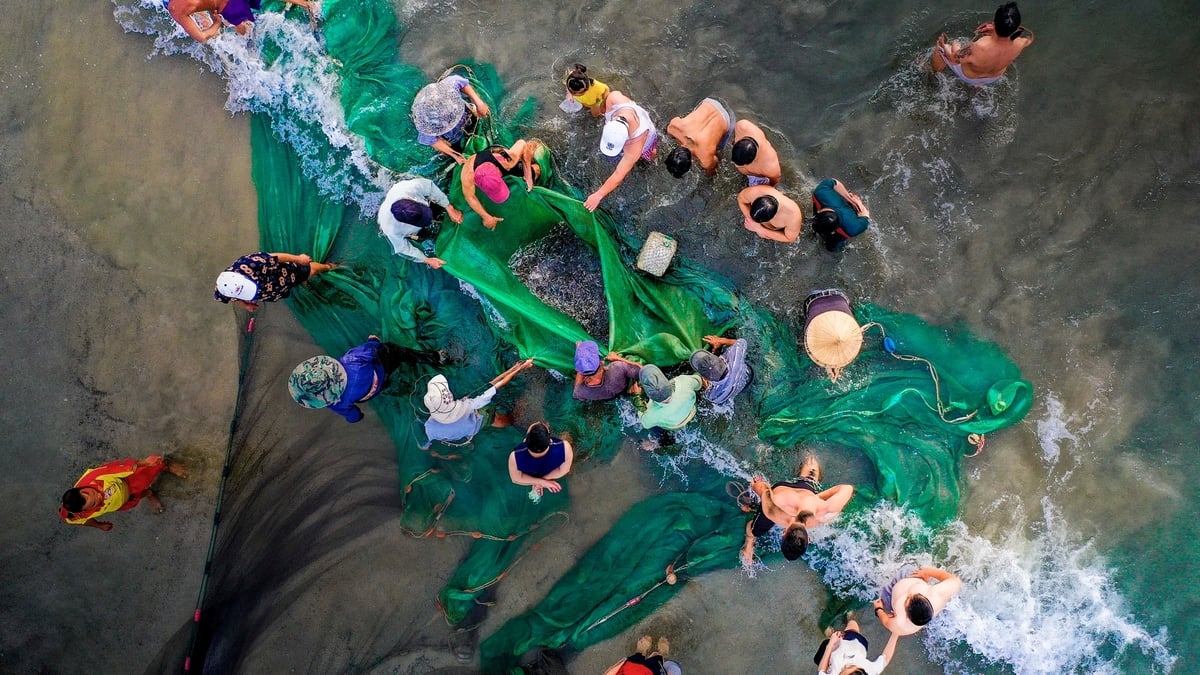
![[Photo] First training session in preparation for the parade to celebrate the 80th anniversary of National Day, September 2nd](https://vphoto.vietnam.vn/thumb/1200x675/vietnam/resource/IMAGE/2025/6/25/ebf0364280904c019e24ade59fb08b18)
![[Photo] More than 124,000 candidates in Hanoi complete procedures for the 2025 High School Graduation Exam](https://vphoto.vietnam.vn/thumb/1200x675/vietnam/resource/IMAGE/2025/6/25/fa62985b10464d6a943b58699098ae3f)
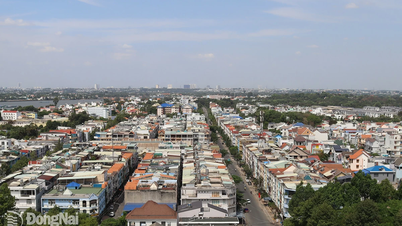



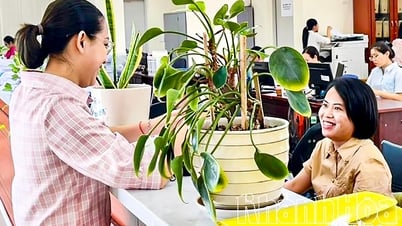

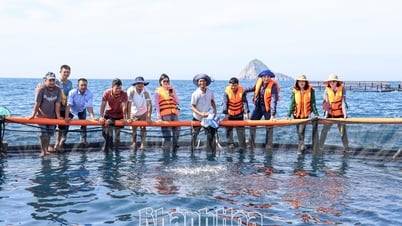
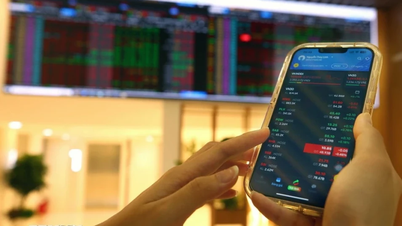

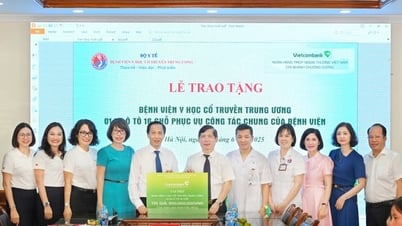






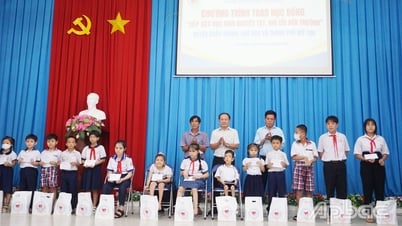

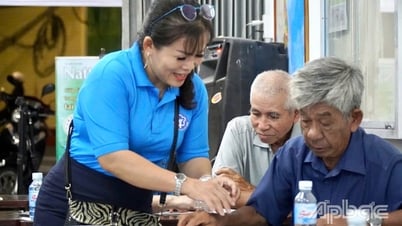
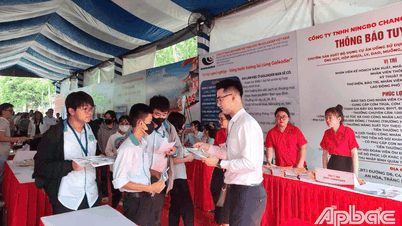
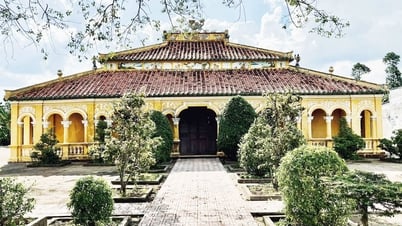






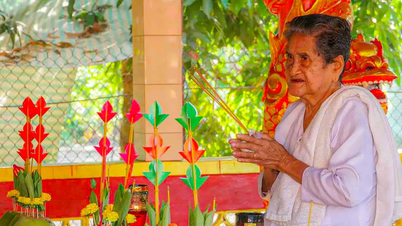



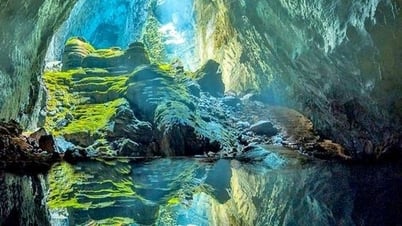


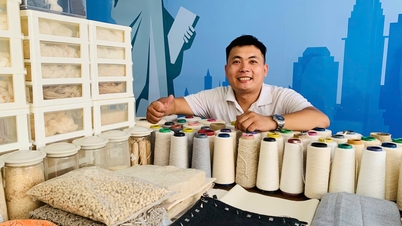

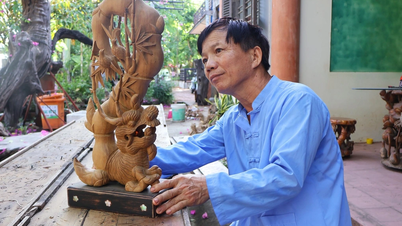

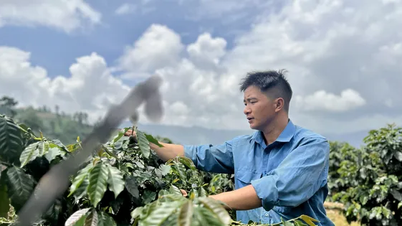

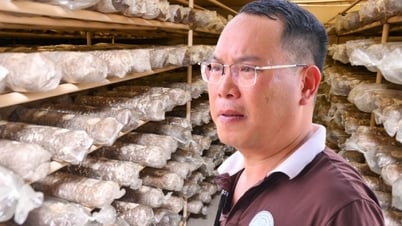



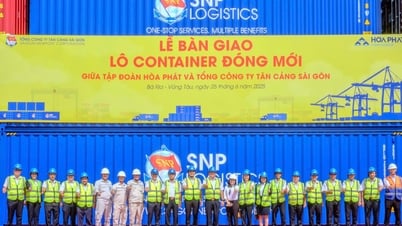



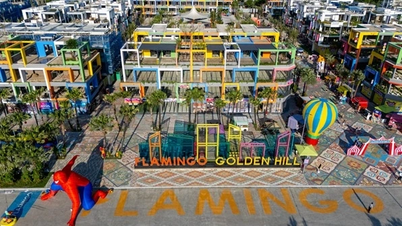






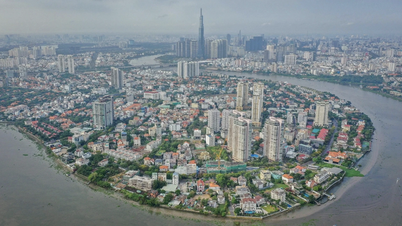


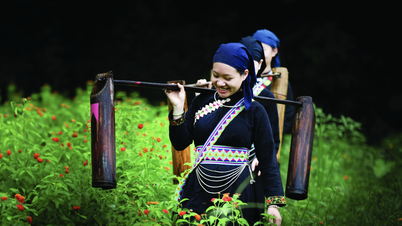

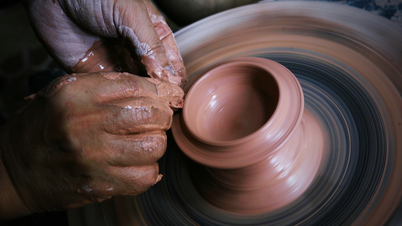




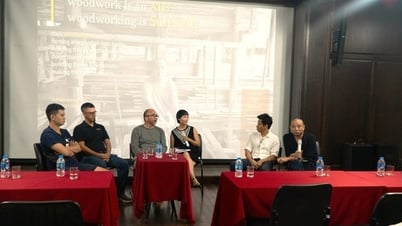
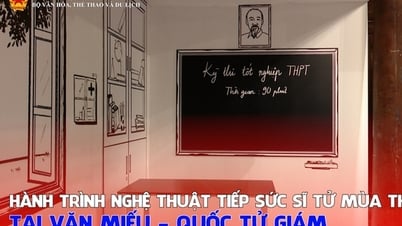
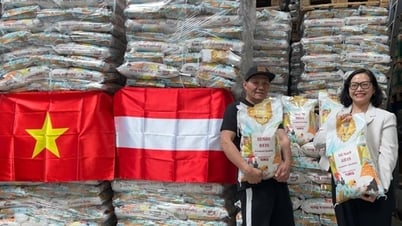

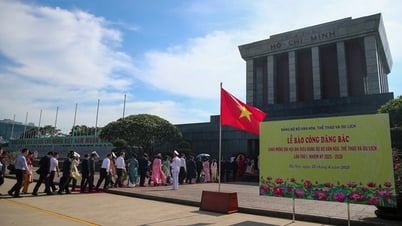
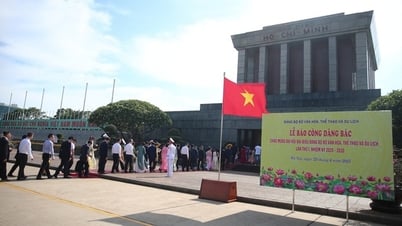
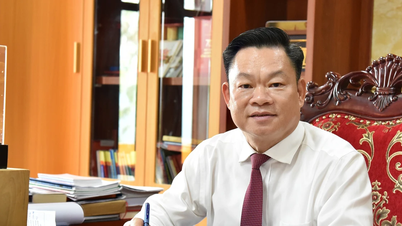

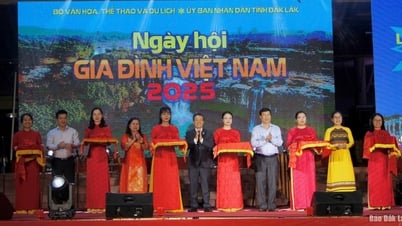

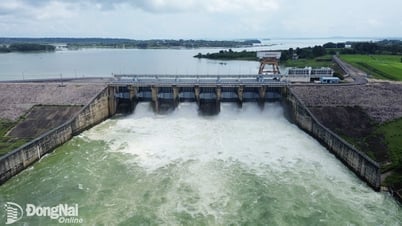

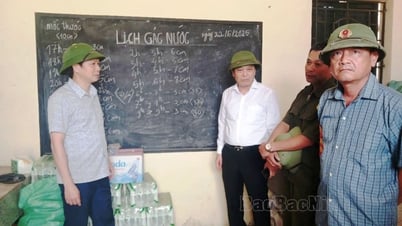













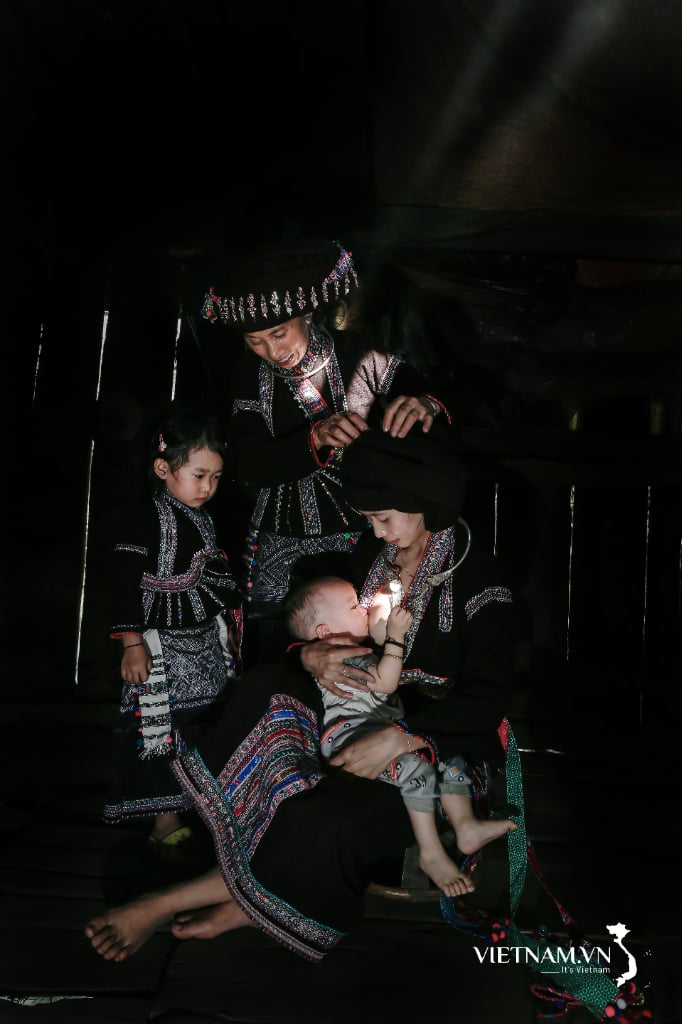

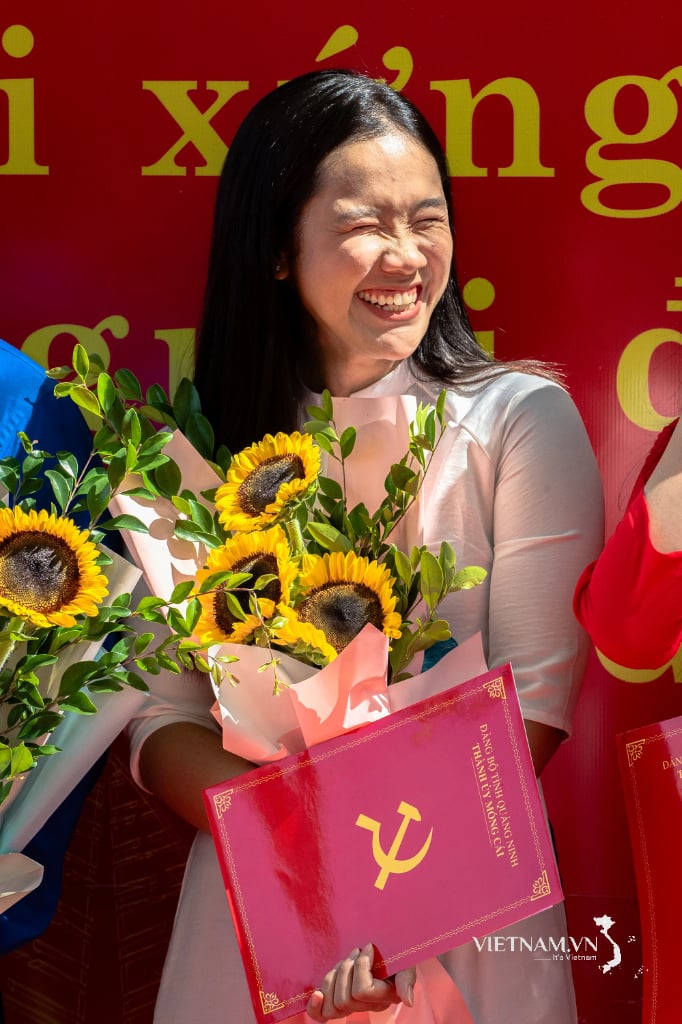
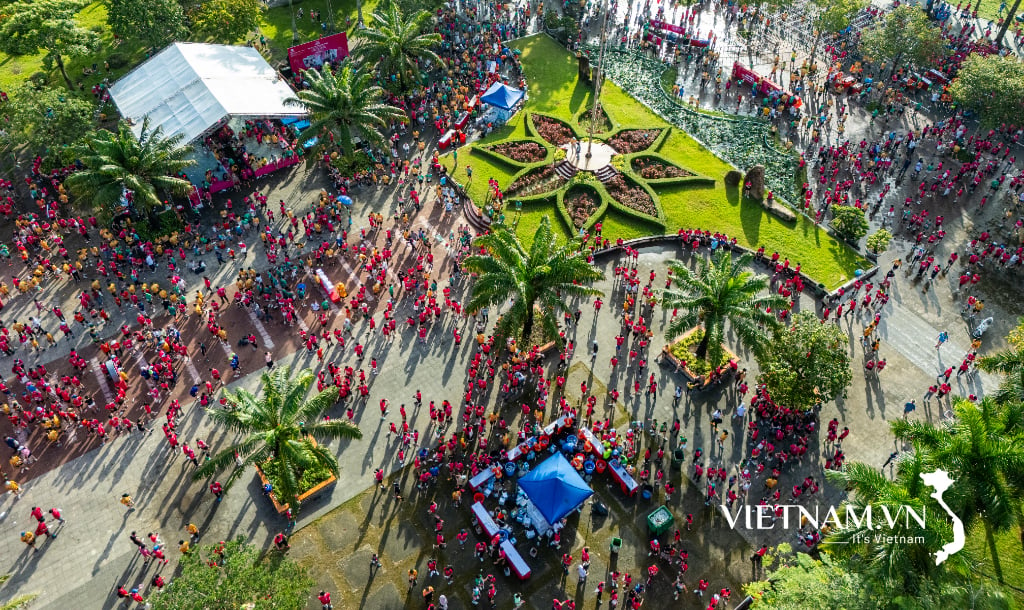
Comment (0)